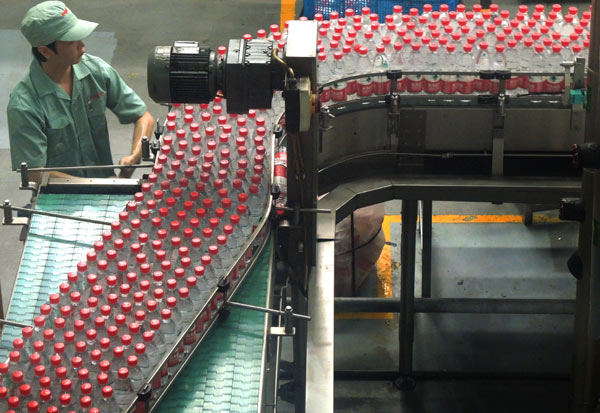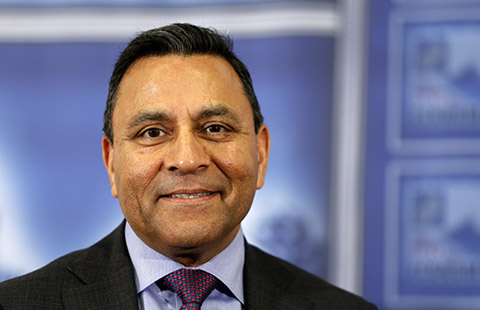Productivity 'key challenge'
|
 China's biggest urbanization issue should be to provide training opportunities and create jobs in the manufacturing and service sectors for new urban dwellers from rural areas, experts say. [Photo / Provided to China Daily]
|
Move to cities calls for new ways of thinking about jobs, services
The Chinese government should be aware that improving productivity is the key challenge facing the country as it begins to shift its economic model and embarks on a large-scale urbanization drive, said Jonathan Woetzel, director of global management consultancy McKinsey & Co.
The country's fast urbanization process and dynamic manufacturing environment have transformed the nation into the world's second-largest economy, with over 50 percent of Chinese people now living in cities. The country's urbanization rate rose 1.3 percentage points to 52.57 percent last year, according to the National Bureau of Statistics.
But there are a number of issues that need to be addressed urgently, such as the need for infrastructure to keep up with the fast development pace, fair employment opportunities, social welfare reform and environmental issues.
Under such circumstances, the Chinese government has added new urbanization goals to its newly published economic reform guidelines for 2013, and is ready to draw up a new urbanization plan for the nation by the end of the year.
"China's urbanization plan needs to consider many factors, including planning for high-density cities, the integration of migrants, city financing and performance management," Woetzel said.
"Efficient urban planning requires each city to focus on its unique competitive advantages, not every urban area should be developed in the same way. In the meantime, quality of life issues must also be considered," he added.
Since 2002, about 1.5 percent of the country's total 1.3 billion population has moved from rural areas to cities each year, and farmers without land have to find jobs in the cities to make a living, according to a report released by the Beijing-based China International Urbanization Development Strategy Research Committee.
"The major job growth is in the service sector. However, there are not enough jobs being created in this sector to employ all the new migrants," Woetzel said. "As a result, they have to find informal employment or part-time jobs, which may lead to poverty and crime among the under-educated migrants and this is a very severe challenge for Chinese society."
Woetzel believes that the city-cluster model, which reflects a city area considered as the inner city plus built-up environs, irrespective of local-body administrative boundaries, is more suitable for China, because it makes it easy to optimize resources to establish its own urbanization model.
There are mainly four models representing urbanization ideas throughout the world: super cities, such as Tokyo and Osaka; a center city with satellite cities or towns, which is the model applied in South Korea and Northern European countries; scattered cities, the typical model in the United States; and small-scale urbanization, which is the model widely used in Germany.

























